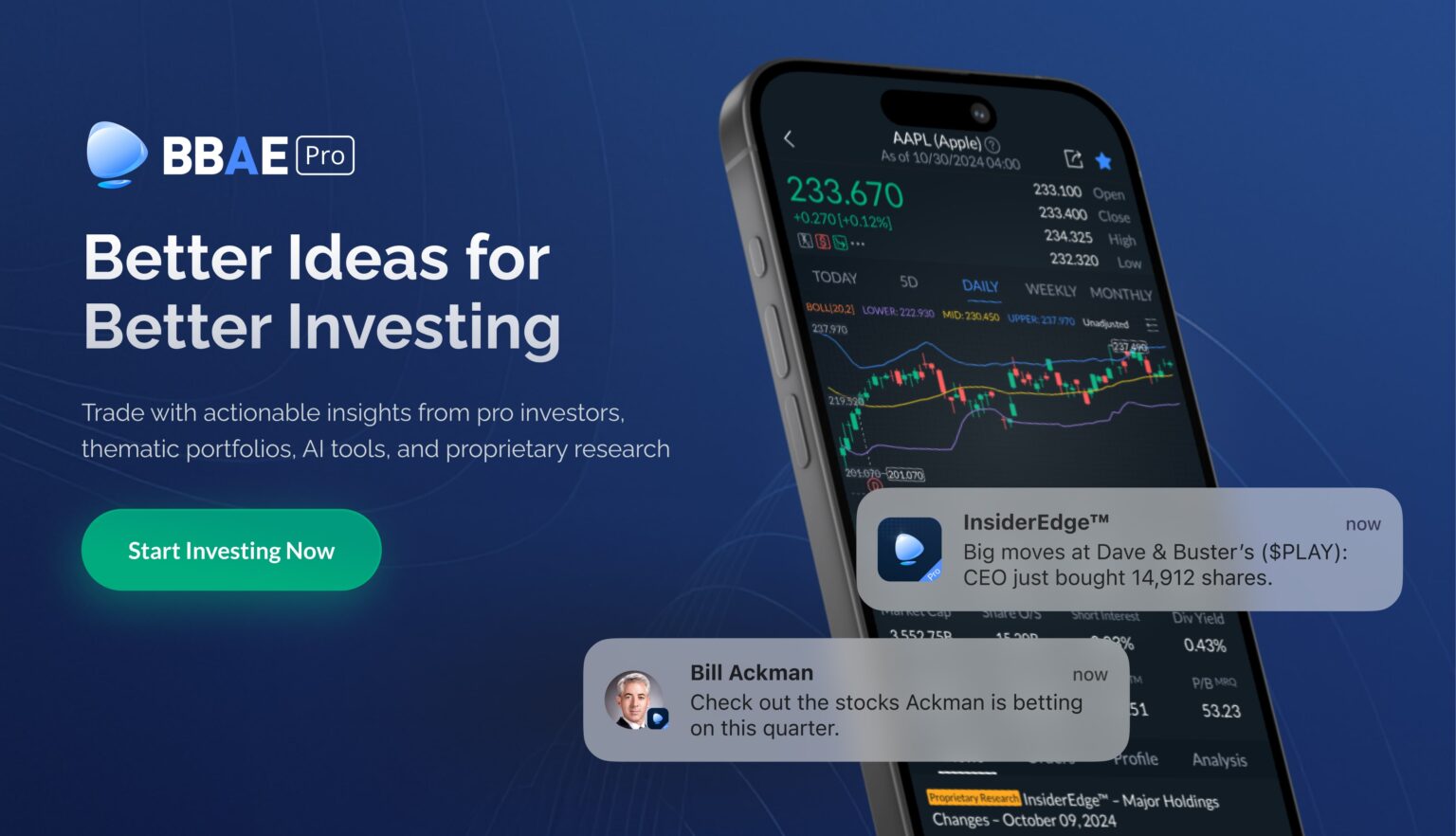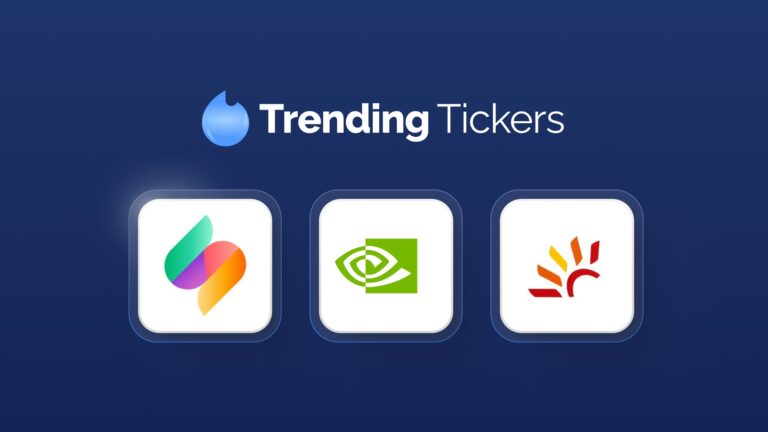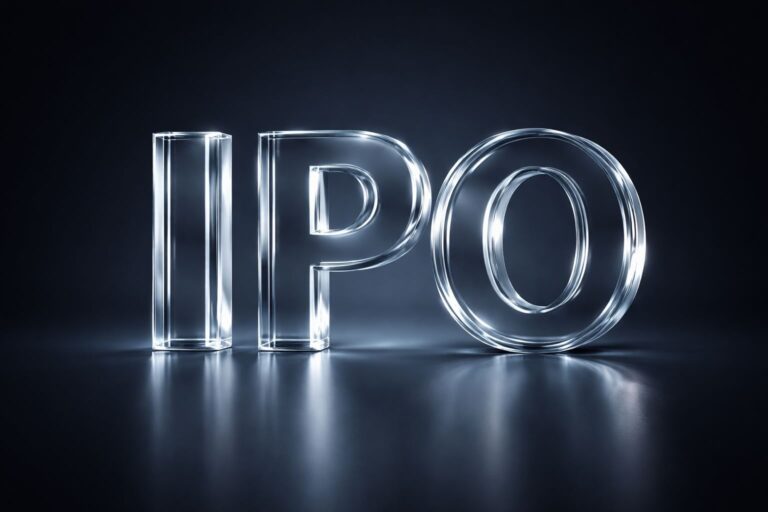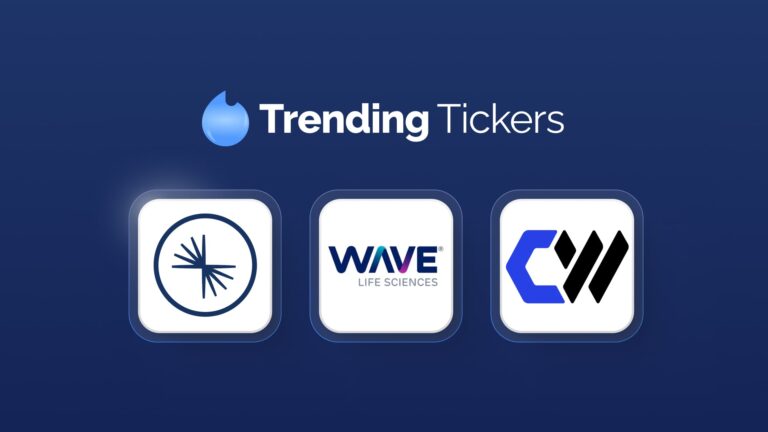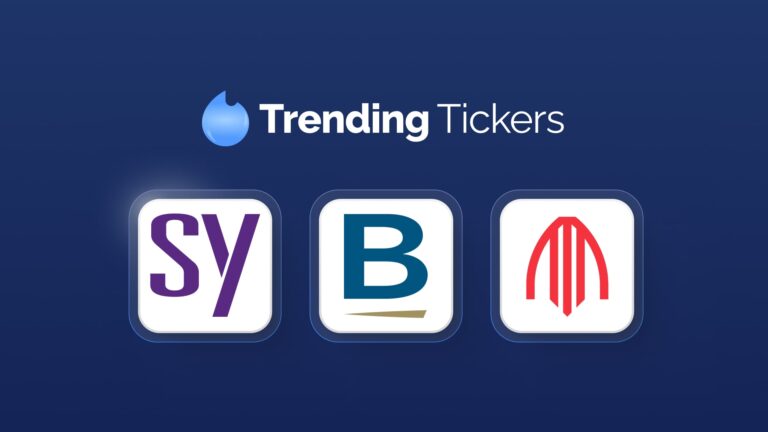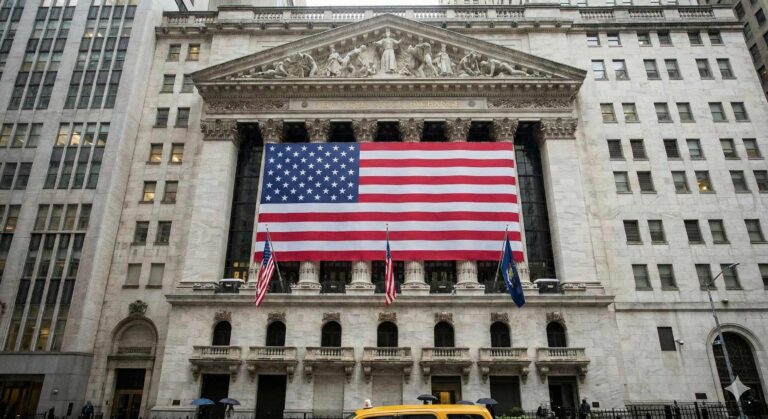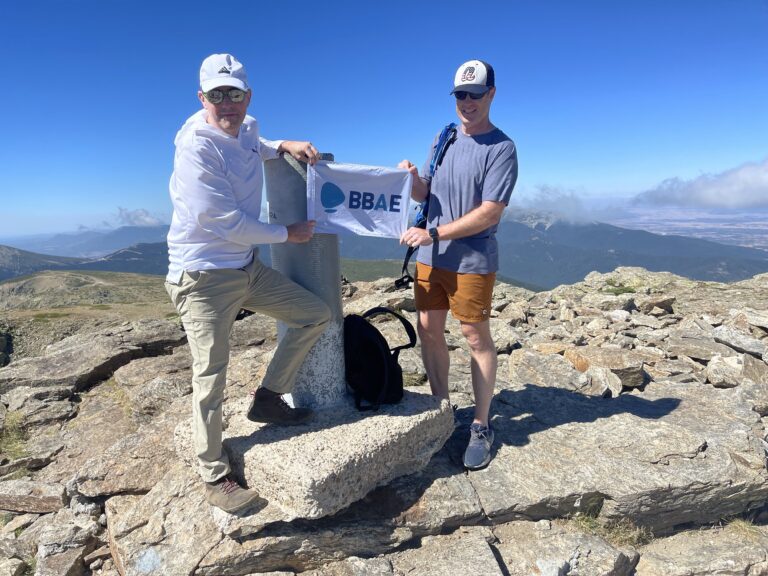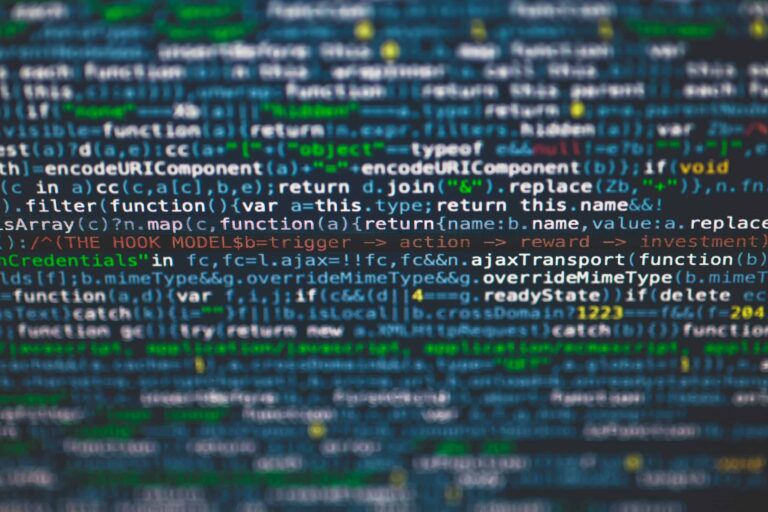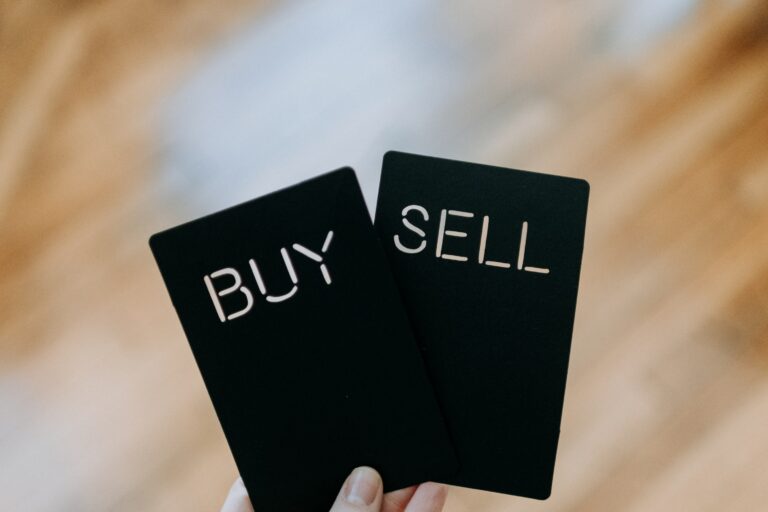13F Highlights: Where Top Investors Moved in Q2 2025
Retail investors closely watch quarterly 13F filings for clues to what star investors are buying or selling. The Q2 2025 filings (for holdings as of June 30, 2025) revealed several notable shifts. Below we break down the key portfolio changes of closely-followed investors like Michael Burry, Warren Buffett, Bill Ackman, Ray Dalio, and others.
Michael Burry (Scion Asset Management) – From Puts to Calls
Michael Burry, famous for predicting the 2008 housing crash, completely flipped his portfolio in Q2. In Q1, he held just one stock ($EL) and six put positions against Chinese tech. In Q2, he exited nearly everything, trimmed Estée Lauder, and opened new long stakes in UnitedHealth ($UNH), Lululemon ($LULU), Regeneron ($REGN), MercadoLibre ($MELI), and Brookdale ($BRKR).
UnitedHealth stood out. The insurer has faced rising medical costs, regulatory scrutiny, and weaker earnings, pushing its shares down more than 50% this year. Burry made it his largest new bet, adding both common stock and call options. He also reversed course on Chinese tech, closing bearish puts and buying calls on Alibaba ($BABA) and JD.com ($JD), alongside new calls on REGN, LULU, and Meta ($META).
We’ve already written a full breakdown of Burry’s Q2 portfolio — read it here.
Warren Buffett (Berkshire Hathaway) – Big $UNH Buy
Warren Buffett’s Berkshire Hathaway made several headline moves in Q2:
- UnitedHealth ($UNH): Like Michael Burry, Warren Buffett also seized on UnitedHealth’s collapse in Q2. Berkshire opened a ~$1.5B position (5M+ shares) after UNH’s stock fell more than 50% this year on cost pressures, regulatory scrutiny, and earnings misses. The move marked Buffett’s first major foray into health insurance and sent UNH shares jumping once disclosed.
- Housing & Industry: Berkshire revealed confidentially built positions in Lennar ($LEN), D.R. Horton ($DHI), and Nucor ($NUE), adding exposure to U.S. homebuilders and steel.
- Exits/Trims: The fund fully exited T-Mobile ($TMUS), locking in gains from a multi-year investment. It also trimmed Apple ($AAPL) by ~7% (still its largest holding at $57B) and cut Charter ($CHTR) by nearly 50%, while more than doubling Pool Corp ($POOL).
Bill Ackman (Pershing Square) – Big Tech Tilt with Amazon and Alphabet
Bill Ackman’s Pershing Square, known for its concentrated portfolio, increased exposure to Big Tech in Q2.
- Amazon ($AMZN): The fund’s only new buy was a ~$1.3B stake (5.8M shares), instantly making Amazon a top-5 holding (~9% of the portfolio). This marked Pershing’s first move into the “Magnificent Seven,” signaling confidence in Amazon’s long-term AI and cloud strategy.
- Alphabet ($GOOGL): Ackman added ~21% to his position, bringing Alphabet to #3 in the portfolio. Together, Amazon and Alphabet now represent over 24% of Pershing’s equity exposure — a major tilt toward tech.
- Exit: Pershing fully sold Canadian Pacific ($CP), a long-time holding tied to Ackman’s earlier proxy fight, redeploying capital into higher-growth tech.
Uber (UBER) remained Pershing’s top holding (~20% of the portfolio), while smaller adjustments were made in Hilton, Hertz, and Brookfield. Overall, Pershing was a net buyer in Q2, with equity AUM rising 15% to $13.7B.
Ray Dalio’s Bridgewater – Full China Exit, Pivot to U.S. Tech & AI
Bridgewater, the world’s largest hedge fund, made a dramatic Q2 shift:
- China Exit: The firm liquidated all U.S.-listed Chinese equities (~$1.5B across 16 names), including Alibaba ($BABA), JD.com ($JD), and Baidu ($BIDU). This marked a sharp reversal from its early-2025 bullish stance and reflected growing geopolitical and regulatory risks.
- New Bets: Bridgewater rotated into U.S. tech and semiconductors, buying Arm Holdings ($ARM) post-IPO, plus new positions in Intuit ($INTU) and EQT ($EQT).
- Tech Additions: It sharply boosted stakes in Nvidia ($NVDA) (+154%, ~$1.1B), Microsoft ($MSFT), and Alphabet ($GOOGL), aligning with the AI boom.
The overhaul comes as Dalio steps back from the firm, with new leadership aggressively repositioning toward U.S. tech and away from China.
David Tepper (Appaloosa) – Contrarian $UNH Buy, Scaling Back China
David Tepper’s Appaloosa Management added significantly to healthcare and semiconductors while reducing some China exposure.
- UnitedHealth ($UNH): Tepper boosted his stake from just 180K shares in Q1 to 2.45M shares (~$764M) in Q2 — a 1,300% increase. Tepper (like Buffett and Burry) probably viewed the selloff as overdone. By quarter-end, $UNH was Appaloosa’s #2 holding.
- Tech Bets: Tepper also loaded up on semis, adding Intel ($INTC, $179M new stake) and raising Nvidia ($NVDA) by nearly 5x to 1.75M shares. He increased positions in Taiwan Semi ($TSM) and Micron ($MU) as well.
- China Trims: While not a full exit, Appaloosa cut its Alibaba stake by 20% and trimmed $JD, Baidu, and $PDD, reducing China exposure amid trade tensions.
Overall, Tepper shifted heavily into U.S. healthcare and chips while partially de-risking China — a “buy America’s dip, trim China” strategy.
Stanley Druckenmiller (Duquesne Family Office) – Back to Bullish, Big Tech & AI Buys
Stan Druckenmiller made one of his largest equity pivots in years. he opened 35 new positions while closing only 18.
New buys were tilted toward tech and AI: Microsoft ($MSFT), nearly 240K shares of Broadcom ($AVGO), and Entegris ($ENTG), which quickly became his 8th-largest holding. Healthcare remained part of the mix (Natera stayed his top position), but the surge in tech and industrial names signaled a broad “risk-on” stance.
After years of caution, Druckenmiller is bullish on U.S. stocks again — especially those tied to AI and growth.
Bottom Line
The Q2 2025 13F reports show clear consensus among top investors. UnitedHealth Group ($UNH) emerged as the standout buy — with Buffett, Burry, and Tepper all jumping in after its steep decline. At the same time, hedge funds piled into tech and AI, adding to Amazon, Alphabet, Nvidia and Microsoft.
On the flip side, Chinese equities lost favor: Bridgewater exited completely, while others like Appaloosa trimmed exposure. The pattern points to a collective pivot toward U.S. markets, seen as both safer and better positioned for growth amid global tensions.
For retail investors, 13Fs are backward-looking snapshots, but Q2’s filings provide a valuable window into how elite managers are repositioning their portfolios.
This article is for informational purposes only and is neither investment advice nor a solicitation to buy or sell securities. All investment involves inherent risks, including the total loss of principal, and past performance is not a guarantee of future results. Always conduct thorough research or consult with a financial expert before making any investment decisions. BBAE has no position in any investment mentioned.



